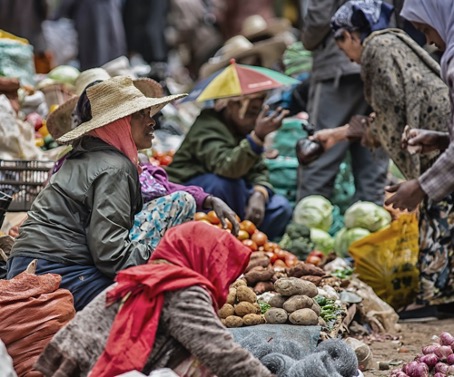In Tigray, a region ravaged by a civil war that has claimed nearly half a million lives, the “survivors” are confronting persistent malnutrition. The phenomenon is spreading further south.
International organizations fear a return to a famine of significant proportions, as deadly as the one in 1984 that resulted in a million deaths. Ethiopian authorities reject any comparison with the great famine of the 1980s, attributing the situation in Tigray more to political controversy than a health crisis.
The entire East African region is experiencing extreme drought, and the agricultural season promises meager harvests. The situation is exacerbated by the suspension of humanitarian aid following the discovery of food diversion by authorities. Organizations from the World Food Programme (WFP) have taken control of the appointment of local representatives, both for storage and monitoring.
While waiting for a return to normal distribution, sporadic initiatives are emerging. Shewit, a professor at Makale University, raised 800,000 euros and is organizing lunches for the benefit of the residents. Their farms and livestock have been destroyed by conflicts, and their lands scorched by drought.
In this reassessment of humanitarian aid channels, the population is the main victim. The media shadow cast by the Israeli-Palestinian conflict adds to the challenges. Only 33% of the funds intended for Ethiopian humanitarian aid have been mobilized.
Source: Le Monde




